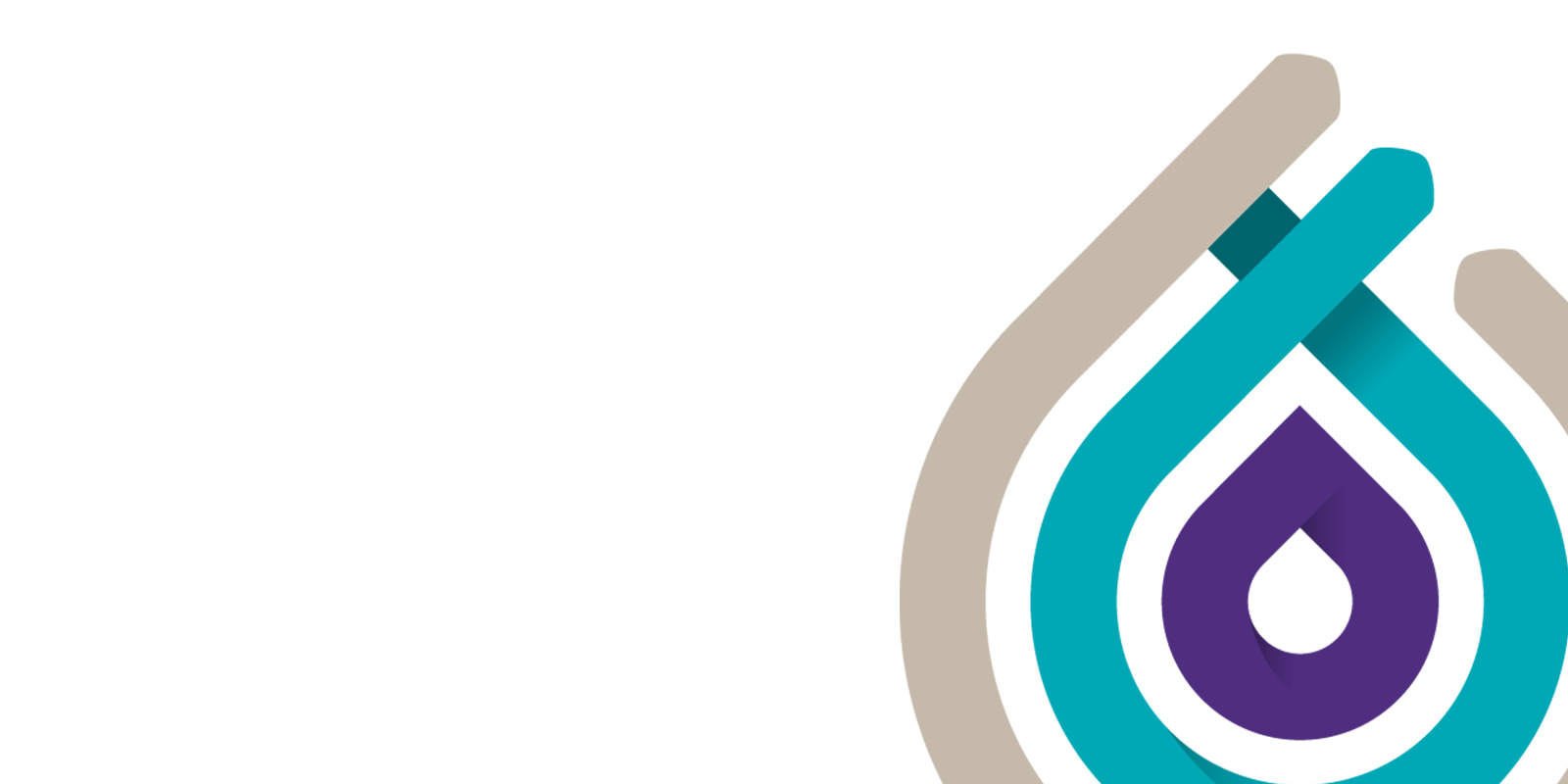-
International Financial Reporting Advisory Services
IFRS reporting advisory serivces of Grant Thornton are carried out by our dedicated team with expertise in IFRS implementation.
-
Audit Services
• Statutory audit • Review of financial statements and financial information • Agreed-upon procedures • FRAS services • Compilation of financial information • Reporting accountant • Cross-border audit • US GAAP audit
-
Audit Quality
We have various methods of monitoring our system of quality control and engagement quality, including real-time involvement of coaches and national office personnel on select audit engagements, reviews of issuer audit engagements prior to archiving by someone outside of the engagement team, and internal inspections of assurance engagements and the system of quality control.
-
Audit Approach
Audit Approach
-
Licensing services
Licensing services
-
International tax planning
Our extensive international network provides us with significant resources to meet all your expansion goals. We strive to develop commercially focused and tailored tax strategies to minimise tax exposures and maximise business efficiency.
-
Expatriate tax planning
We have a broad knowledge base and skills to assist you keep your personal income taxes to a legitimate and reasonable level, while remaining compliant with legislation. We can develop a personalised package for each key employee to take maximum advantage of the exemptions and incentives available.
-
Tax advisory
We will review the proposed business model and transactions and advise on tax implications and recommendations to optimize the tax opportunities under the local regulations and treaties which Vietnam entered into. Furthermore, we coordinate with our GT global tax team to provide a comprehensive tax advisory for the countries involved in the business model and transactions.
-
Tax compliance services
This service is designed to assist enterprises to cope with the statutory tax declaration requirements in line with the Vietnamese tax laws as well as the frequent changes and updates in tax laws.
-
Tax health check
Our Tax Health Check involves a high-level review of specific tax areas to highlight the key issues that need to be rectified in order to reduce tax risks. Through our extensive experience, we have identified key risk areas in which many enterprises are not fully compliant or often overlook potential tax planning opportunities. Our tax health check service represents a cost-effective method to proactively manage risks and reduce potential issues arising as a result of a tax inspection.
-
Transfer Pricing
Transfer pricing is a pervasive tax issue among multinational companies. In Vietnam, the tax authorities require special documentation to report related party transactions. Compliance with transfer pricing regulations is an important aspect of doing business effectively in Vietnam as failure to do so may result in significant penalties.
-
Tax due diligence
We conduct tax due diligence reviews of target companies to analyse their tax exposure and position in relation to acquisitions, mergers or consolidations. We are able to integrate this service with our Advisory Services department in order to offer a comprehensive, holistic due diligence review.
-
Customs and international trade
Our experienced professionals can help you manage customs issues more effectively through valuation planning and making use of available free trade agreements. We also assist Clients in optimising their customs procedures by making use of potential duty exemptions and efficient import-export structures. Risk mitigation activities include customs audit defense and compliance reviews.
-
M&A Transaction
We advise numerous foreign investors on efficient tax structures for their investments. Our experience allows you to consider all the options and set up a corporate structure that meets both operational and tax efficiency requirements. In short, the structure that is best for you.
-
Industrial Zones – Picking A Location For Your Business
Grant Thornton Vietnam’s one-stop services are designed to provide comprehensive support to both new and current investors who are planning to expand or restructure their business in Vietnam. Our professionals have established strong working relationships with landlords, property developers and authorities at various localities. With extensive experiences in liaison with the relevant agencies, we offer assistance including negotiation on land rental rates and efficient management of licensing process. Our customized and flexible solutions can bring benefits of cost efficient location, accelerate licensing process, and optimize tax opportunities while remaining in compliance with legislation.
-
Tax Audit Support
Tax audit support services provide comprehensive assistance to your business in Vietnam. Recent tax practices have shown the general tendency of launching routine tax audit on yearly basis. Tax authorities have been effectively using more sophisticated methods to identify target entities from across different industry sectors.
-
Business Risk Services
Business Risk Services
-
Transaction Advisory Services
Transaction Advisory Services
-
Valuation
Valuation
-
Business consulting services
Finance Management Advisory
-
Accounting services
Accounting services
-
Taxes compliance within outsourcing
Taxes compliance within outsourcing
-
Payroll, personal income tax and labor compliance
Payroll, personal income tax and labor compliance
-
Secondments/Loan staff services
Secondments/Loan staff services
-
Compilation of the financial and non-financial information
Compilation of the financial and non-financial information
-
Accounting systems review and improvement
Accounting systems review and improvement
-
Initial setting-up for accounting and taxes systems
Initial setting-up for accounting and taxes systems
-
Management accounting and analysis
Management accounting and analysis
-
Comprehensive ERP system solution
ERP software is a tool for business operations, production management, order processing and inventory in the business process. Today, ERP software for small and medium businesses has been greatly improved to help businesses manage their business better. The article below will answer all relevant information about what ERP software is and offer the most suitable ERP solution for businesses. Let's follow along!
-
Analyze Business Administration data
We believe in the value that data can bring to the success and development of every business. Our team helps design data architecture supported by tools, to support business governance and provide useful information to management.
-
Financial reporting compliance solution package
Putting financial issues at the heart, this service helps ensure that financial reports for customers comply with both the requirements of Vietnamese accounting regulations and standards (VAS) as well as reporting standards. international finance (IFRS).
-
Third-party ERP extensions
ERP is a long-term solution that requires long-term travel, not short-term. We understand that many businesses cannot deploy the entire ERP system at once due to many different reasons, instead businesses can deploy each part. Over time, these solutions can be expanded to accommodate improved business processes or can even link completely new processes across different departments.
-
Localize, deploy and rebuild the project
Quite a few ERP projects need to be implemented according to current Vietnamese requirements and regulations, but still comply with common international business requirements. These projects need some improvements and adjustments in the right direction.
-
Consulting on technology solutions
We support the selection and implementation of the most suitable solutions, ensuring business efficiency and performance. We will work closely with customers to plan, evaluate and implement the right technology investment strategies and solutions to meet the development needs of businesses.
-
Offshore company establishment service
Using the offshore company model will facilitate the owner in the process of transaction and expand overseas markets, take advantage of the tax policy with many incentives and protect the value of the family enterprise's assets.
-
Private Trust Advisory
The development of the economy with many modern financial instruments has brought many advantages and opportunities for the enterprises, but there are still certain potential risks in any type of business. So how to protect your asset value with an appropriate company structure while stay compliance with relevant regulations?
-
Our values
We have six CLEARR values that underpin our culture and are embedded in everything we do.
-
Learning & development
At Grant Thornton we believe learning and development opportunities help to unlock your potential for growth, allowing you to be at your best every day. And when you are at your best, we are the best at serving our clients
-
Global talent mobility
One of the biggest attractions of a career with Grant Thornton is the opportunity to work on cross-border projects all over the world.
-
Diversity
Diversity helps us meet the demands of a changing world. We value the fact that our people come from all walks of life and that this diversity of experience and perspective makes our organisation stronger as a result.
-
Contact us
Contact us
-
Available positions
Experienced hires
-
Available positions
Available positions
We explore below the value-added tax refund scheme for software production in Vietnam, discuss eligibility criteria, and outline the process and tax risks involved in claiming the refund to maximize the amount received.
Eligibility for Refund Scheme
A Vietnamese VAT refund scheme allows eligible software producers to claim a refund of the VAT they’ve paid on their inputs, equipment, and services used for software production, as long as the producers meet certain conditions.
First, VAT refund eligibility for software production in Vietnam is limited to enterprises exporting software products overseas. To qualify, software production companies must demonstrate that their products are intended for export. This involves establishing a documented link between production activities and export sales, providing evidence such as export contracts, invoices, and supporting documents, to prove delivery to overseas clients. These documents validate export transactions and support their claim for VAT refund.
Second, software producers must maintain proper accounting records and documentation to support VAT refund claims. These records should accurately reflect VAT paid on eligible inputs, equipment, and services used in software production. It is important to retain valid VAT invoices, receipts/debit notes, contracts, and other relevant supporting documents for goods and services related to software production.
The VAT refund scheme for software production in Vietnam operates on a refund basis, requiring producers to initially pay VAT on inputs and then claim a refund. Efficient accounting systems and accurate refund claims are vital to track VAT payments and associated documents during the company’s operations.
In our experience with local tax auditors, Vietnamese enterprises engaged in software production must prepare a detailed production procedure to be eligible for VAT refund. This procedure follows Circular 13/2020/TT-BTTTT that outlines the activities involved in software production. These activities include design, development, coding, testing, and documentation of software products. It is crucial to have a well-defined process that outlines the specific steps for building and delivering software to overseas clients.
By referring to Circular 13, software production enterprises can gain clarity on the activities that are considered eligible for VAT refund. This includes understanding the criteria for determining the production process, such as the use of programming languages, software development methodologies, quality control measures, and the incorporation of customer requirements into the software.
Circular 13 also guides enterprises on maintaining necessary documentation and records to demonstrate compliance with the software production process. This includes project plans, technical specifications, coding guidelines, testing protocols, and other relevant documents that show a systematic approach.
Transparency and traceability in software production are emphasized, so enterprises should document project progress, resource allocation, collaboration with overseas clients, and achieved milestones. These records serve as evidence of adherence to the process, and aid in verifying VAT refund claims.
Software production enterprises should align their processes with the guidelines in Circular 13 to accurately document activities and meet the criteria for claiming VAT refunds. Additionally, following the guidance in Official Letter 5018/TCT-KK, payment vouchers for export revenue must indicate the buyer’s bank account, matching the information in the sales contract/agreement. Vietnamese enterprises should prepare suitable payment terms in the contract and coordinate with their banks to ensure accurate bank account information is included on the vouchers.
Tax Audit Procedures for Refund
For VAT refund eligibility in software production for foreign customers, Vietnamese enterprises must submit a VAT refund application. According to the current regulations, companies submitting a VAT refund application for the first time undergo a “tax audit first and refund later” process.
In this process, the tax authorities conduct a tax audit, review accounting books, records, and supporting documents to assess the eligible accumulated input VAT refund. Tax audits for VAT refund may include additional internal processes to verify VAT invoices for legitimacy. The duration of the tax audit procedures for VAT refund may vary depending on transaction complexity and the number of input VAT invoices.
During the audit, tax auditors evaluate potential adjustments to the accumulated input VAT based on key findings. They compare reported figures with audit results to identify any discrepancies in the refund application. Taxpayers can discuss and resolve differences or disputes with auditors to obtain the final decision on VAT refund and reach an agreement on the tax audit results.
Some Planning Points
The VAT refund procedure in Vietnam can be complex and time-consuming, particularly for enterprises subject to “tax audit first and refund later.” We provide below some planning points for software production enterprises.
- Eligibility criteria. Software production enterprises must meet the eligibility criteria for VAT refund, including preparing supporting documents for exporting software products to overseas clients. They should review Circular 13 requirements and align their activities with the defined software production process.
- Documentation. Eligible Vietnamese enterprises should maintain accurate and organized documentation to support their VAT refund claims for software production. This includes invoices, contracts, and relevant documents that validate inputs, equipment, and services used in software production. Proper documentation is essential to substantiate eligibility and validity of VAT refund claims during tax audits.
- Cooperation with tax authorities. Software production enterprises should cooperate proactively with tax authorities during the VAT refund procedure. Promptly responding to queries, providing necessary clarifications, and maintaining open communication, can expedite the refund process.
This article does not necessarily reflect the opinion of Bloomberg Industry Group, Inc., the publisher of Bloomberg Law and Bloomberg Tax, or its owners.
Author Information
Nguyen Thu Phuong is Tax Director and Vu Hong Ngoc is Tax Manager with Grant Thornton (Vietnam).
Source: Bloomberg Tax










